The property management system (PMS), which lies at the center of your operations, drives productivity and efficiency across hotel departments but is rarely a lone digital warrior. Electronic locks, table management systems, payment processing systems, and internet distribution channels are just a few of the software technologies that are used by even the smallest hotels and hospitality groups.
All of these powerful systems, along with the PMS, are essential to providing guests with the best possible service, plus they all rely on some of the same data. For example, payment gateways are used to process visitor credit card payments, and the PMS also keeps track of them; key cards and digital keys are encoded through the locking system using reservation information, and OTA bookings must be entered into the PMS and inventory adjusted on your OTA (Over-The-Air) channels.
This essentially leads to your workers having to act as intermediaries and manually duplicate data across systems if these systems are operating in silos, which takes up a lot of time and is subject to human error. Therefore, what applies to working as a team also applies to your hotel IT - integrating them is key.
If done correctly, your PMS and other hotel systems can directly integrate to streamline operations and reduce labor costs and valuable time for hotel workers.
To help you get started, we’ve put together the following nine crucial PMS integrations that can help increase operational effectiveness so that you and your team may spend less time in front of a computer and more time giving guests an even better experience.
But first, let us take a look at the definition of a PMS in a hotel and why you need one:
>>> Learn more about Eat App's PMS Integration.
What does a Property Management System (PMS) do?
A property management software (PMS), often referred to as a hotel operating system (OS), in a hotel is used to keep track of everything from booking rooms and making payroll to billing customers and issuing receipts. The centralized system is intended to assist with planning, arranging, and carrying out regular tasks and transactions carried out by the hotel. Therefore, the right PMS can make your life easier, saving you time and energy while increasing efficiency.
What are the benefits of PMS integration?
PMS integration can be beneficial for many reasons. For example, it can help hoteliers and restaurant owners track property performance. This may allow them to make informed decisions about how best to allocate their resources and manage the risk associated with their investments. In addition, PMS integration can help hoteliers keep track of expenses and other daily functions. This can save them time and money.
There are a number of benefits that can be derived from PMS integration. If you are currently using a different system to manage your hotel or hospitality group, it might be worth considering integrating it with your PMS. By doing so, you can gain access to a number of valuable features that would otherwise be unavailable to you.
Now, let’s go back to reviewing the highly effective tools that integrate with your hotel PMS and help staff save time and boost productivity even more than before.
9 PMS integrations to help boost efficiency
1. Table management system
A table management system (TMS), like Eat App, provides hoteliers and restaurant owners with the ability to manage guest data more accurately and efficiently. In addition, it can integrate with your property management system (PMS). This also allows for better communication between the two systems and improved efficiency as well as your overall guest experience.
For example, restaurant owners at hotels use TMS to help manage guests, while automatically capturing their data each time they make a booking. But, what if staff members at the restaurant need to know if the guest is staying at the hotel or not?
This is where PMS integration comes in. By connecting the two systems, a restaurant owner at a hotel and their staff are able to view the room in which the guest is staying, connecting the overall guest journey. Staff members will then automatically know the guest's room number and any additional information such as preferences even before they arrive, ultimately leading to a better guest experience.
To sum up, the benefits of integrating your TMS with your PMS are the following:
- Knowing which guests are coming from the hotel and which are not
- Improves your guest experience by providing staff with valuable guest data, such as guests' room numbers, special notes, and the number of guests in the room
- Creates a centralized data hub connecting the guest journey between your hotel restaurant and your hotel
- Operators are able to retarget non-hotel guests and hotel guests to get them to come back
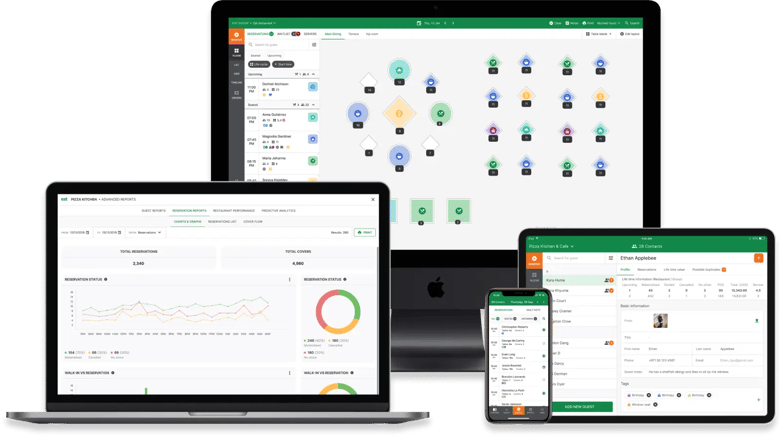
By using a TMS, you can improve your overall productivity and manage your data more accurately. Importantly, this will allow you to run your business more effectively and efficiently.
2. Channel management software
Almost every hotel's distribution strategy must include third-party distribution channels, such as GDS, OTA, and metasearch channels. These specially designed travel aggregators increase online visibility for properties and generate a considerable portion of reservations thanks to their substantial advertising budgets and broad reach. When your property's online distribution channels are not linked to your PMS, you must manually update each channel's availability and pricing, and any reservations made through those channels must be manually put into your PMS. If availability is not updated quickly enough, there is a great risk of overbooking, so it is a continuous and time-consuming activity.
-1.webp?width=782&height=440&name=Untitled%20design%20(13)-1.webp)
Yet there is a better approach. This crucial process is automated through two-way integration between a hotel's PMS and channel partner, removing the need for manual data duplication and enhancing accuracy. The integration allows the PMS to automatically push allotted inventory, including modifications and overrides, to the channel partner. The PMS is automatically notified when a reservation is made through a channel partner, and all related channels' availability is also automatically updated. Having the extra time for your guests means saying goodbye to overbooking.
>>>Download our free guide on how to build a better experience
3. Making payments
Working with a payment gateway, which securely transmits the guest's payment information to the payment processing network, is necessary if your establishment takes card payments. The check-in/check-out process will take longer if your payment gateway is not integrated with your PMS because approved transactions must be manually posted to reservations in the PMS. Payment information entered into the booking form is automatically routed over the payment processing network using a payment gateway integration, and transactions are instantly posted in the PMS.
-2.webp?width=782&height=440&name=Untitled%20design%20(10)-2.webp)
In addition, a payment gateway integration increases security by using tokenization and point-to-point encryption to shield credit card data from hackers and prevent credit card details from being stored in the PMS in order to comply with PCI standards. Payment gateway integration is necessary for a contactless check-in experience and an automated and secure online booking procedure if you wish to take payments through the website for your hotel.
Payment gateway integration is one of the most crucial PMS integrations for any business because it makes payments, authorizations, and refunds simpler while also enhancing security.
4. Hotel marketing software
By integrating hotel marketing software with your PMS system, you can make the distribution process more automated and relevant to the real visitors staying at your hotel. Hotel marketing software is meant to aid with both the management and distribution of promotional content. With no need for manual intervention, you may configure your systems to send out special offers to guests on the days just before their arrival or a survey on the days following their check-out.
5. Room entry
Integrations between electronic locks and digital keys streamline access control and expedite the check-in process. Key cards have been routinely utilized for many years across all hotel niches. More and more properties are switching to digital (mobile) key solutions as the times change. In either case, let's examine how front desk operations are facilitated by integrating your room access solution with your PMS.
-1.webp?width=782&height=440&name=Untitled%20design%20(11)-1.webp)
With a key card integration, key cards may be maintained and encoded directly through the PMS, which also gives the key card system the necessary reservation information (such as the room number and duration of the reservation). This eliminates the need for front desk personnel to manually enter this information into the key card system. This essentially means, the front desk staff only needs to swipe the card to encode this information rather than manually entering it again into the key card system.
The integration of the PMS with your property's keyless access system (such as mobile keys or keypad locks) automates the transmission of keys to guests at check-in. In this scenario, your keyless access solution receives reservation data automatically from the PMS and sends it to create a mobile key or keycode for the guest. The generated key is then automatically activated upon check-in and deactivated once you check out.
Integrating your PMS with your locking system is crucial if you want to adopt a seamless contactless check-in process or speed up check-in at the front desk. One might even say it’s “key” for this integration to take place.
6. A POS (point of sale) system
For properties with an on-site restaurant, a POS system is necessary in addition to the PMS. These fundamental systems are an excellent illustration of two systems that complement one another well. Without the two being connected, front desk staff must be informed of any restaurant charges that need to be added manually to a guest's reservation folio in the PMS. In addition to adding yet another administrative chore to your front desk's to-do list, this manual method is prone to human error and billing inconsistencies, which can lead to unhappy guests and wasted revenue.
>>> Learn more about POS integration for restaurants here.
The program completes this process for you in real-time when the POS system and PMS are coupled. The POS system automatically checks the PMS to confirm the guest status, room number, and credit authorization limit when a guest wants to charge a meal to their room. This is done through integration. The POS system immediately adds the charge to the reservation folio in the PMS if the charge is approved.
In addition to saving hotel staff time, automating the posting of restaurant charges to reservations using a PMS + POS combination ensures billing accuracy, lowering customer complaints and preventing wasted revenue.
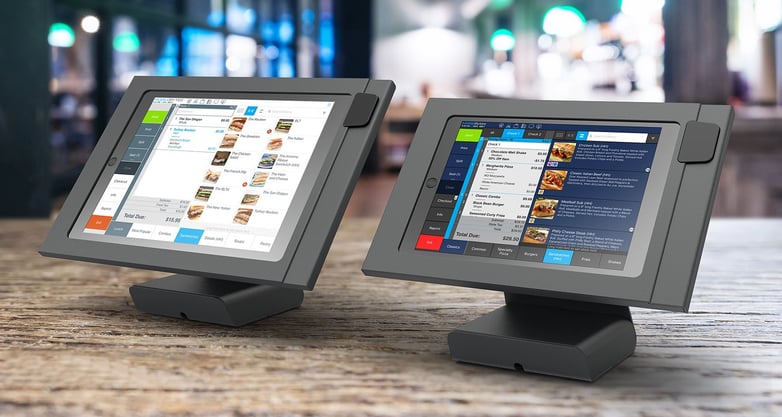
7. Analytics software
Many hotels are turning to revenue management software (RMS) to better navigate and optimize room pricing in the new market environment created by the epidemic. Automated RMS improves demand forecasting and eliminates guesswork from the pricing process by continuously combining and analyzing hotel and market data to produce pricing recommendations based on sophisticated algorithms, saving hotel operators a lot of time studying the data and attempting to predict the future.
The combined solution saves even more valuable time because it is integrated with the PMS. A crucial component of the revenue management equation is PMS data, which includes reservations, inventory, and availability. This data must be updated in the RMS on a regular basis. Without integration, you guessed it: you or your team are in charge of that task. However, when your PMS and RMS are integrated, all pertinent PMS data is immediately transferred from the integration at the transactional level to the RMS for the best possible forecasting, pricing, and inventory control. Additionally, the integration may update the PMS with acceptable pricing recommendations produced by the RMS.
The PMS and RMS alone contribute to efficiency and revenue in their own right, but if combined, they are an even more potent force.
8. A revenue management system
One of the biggest negative aspects of a restaurant that holds back guests from visiting again is slow service and lack of attention by the staff. If guests have to wait around for their food or have to wave their hands and shout out 2-3 times to get the waiter's attention, then your customer satisfaction levels are definitely in trouble.
Providing a seamless experience to customers from beginning to end is very important to ensure that your customers leave with a smile from your restaurant, this includes paying proper attention to each person that walks in.
Always pre-plan your shift, have a look at the number of upcoming reservations, and look at your restaurant data to identify the busiest periods and make staffing decisions accordingly. You can also set up your table layout in advance to make sure your staff does not have to waste time moving tables after the customers have arrived.
Train your staff to maximize their productivity and have a designated server for each customer and try not to overcrowd servers to ensure that each individual customer gets enough attention - starting from the welcome greetings to bringing in the cheque. The customer should never have to make extra efforts to reach their server.
9. Guest messaging through SMS
In order to meet the demand for clear communications and contactless services, the epidemic also pushed the use of SMS and guest messaging applications. Many visitors enjoy using mobile texting for communication, but if it isn't effectively incorporated into hotel operations, it can be ineffective and lead to dissatisfied visitors.
How will the team handle yet another channel for communication with guests? PMS integration is essential for a productive guest messaging strategy. When a guest messaging platform and property management system are integrated, reservation data from the PMS is automatically sent to the messaging application in real time to initiate customized routine text messages to guests prior to arrival, at check-in, throughout their stay, and upon departure, as specified by the property. To identify the guest and speed up issue resolution, incoming messages and requests from guests are automatically matched to the guest's reservation data.
Integration with the PMS, which automates routine communications and ensures that no guests fall through the cracks, increases efficiency as guest messaging becomes a more common communication channel for hotels.
In essence, hotel systems can cooperate more effectively to reach their full potential, much like people.


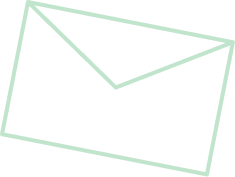

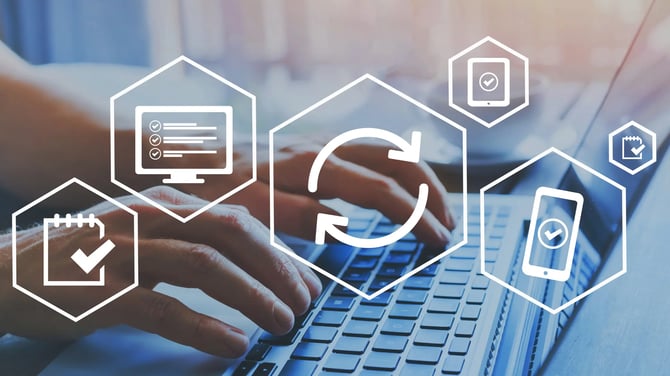
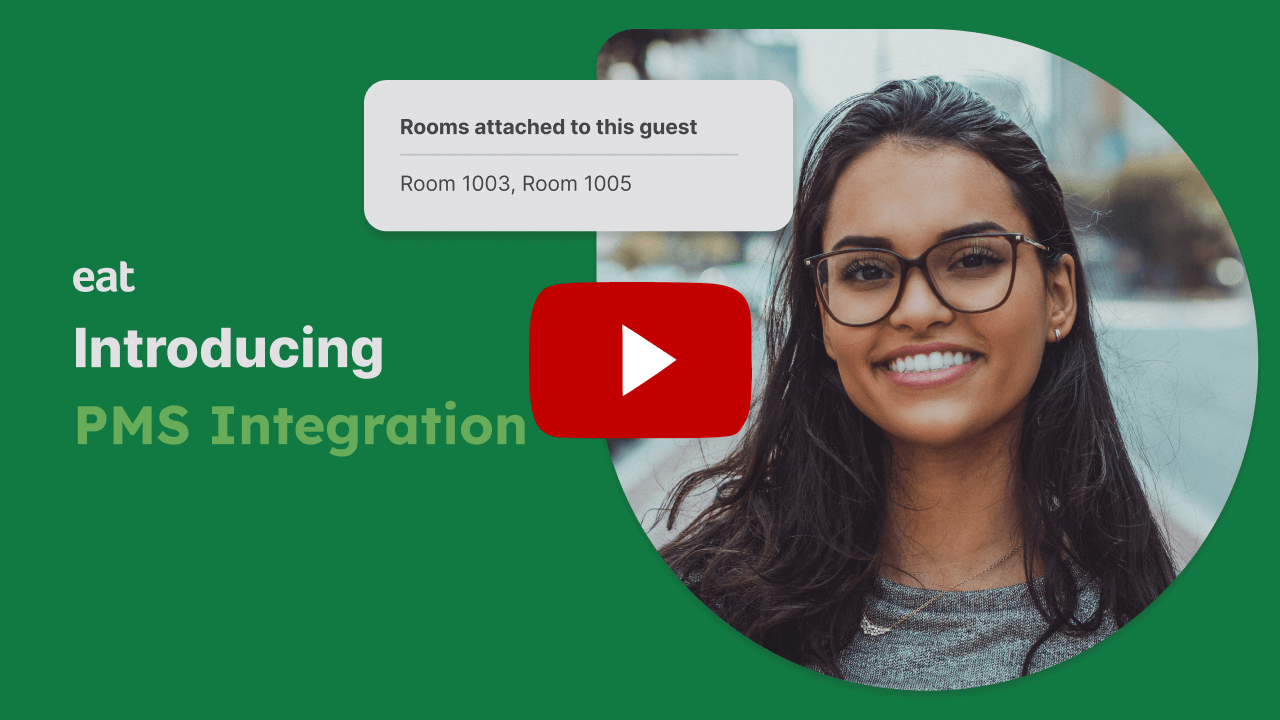
.png?width=1200&height=607&name=Post%201%20-%20LinkedIn%20(13).png)
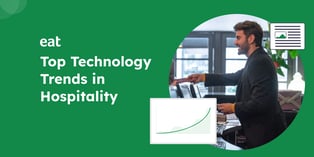
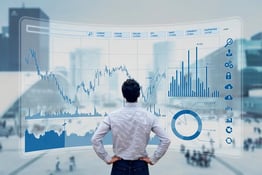
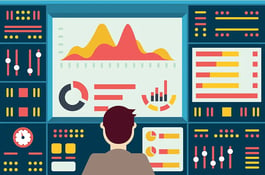



.webp?width=144&height=72&name=Eat%20App%20Logo%20(3).webp)